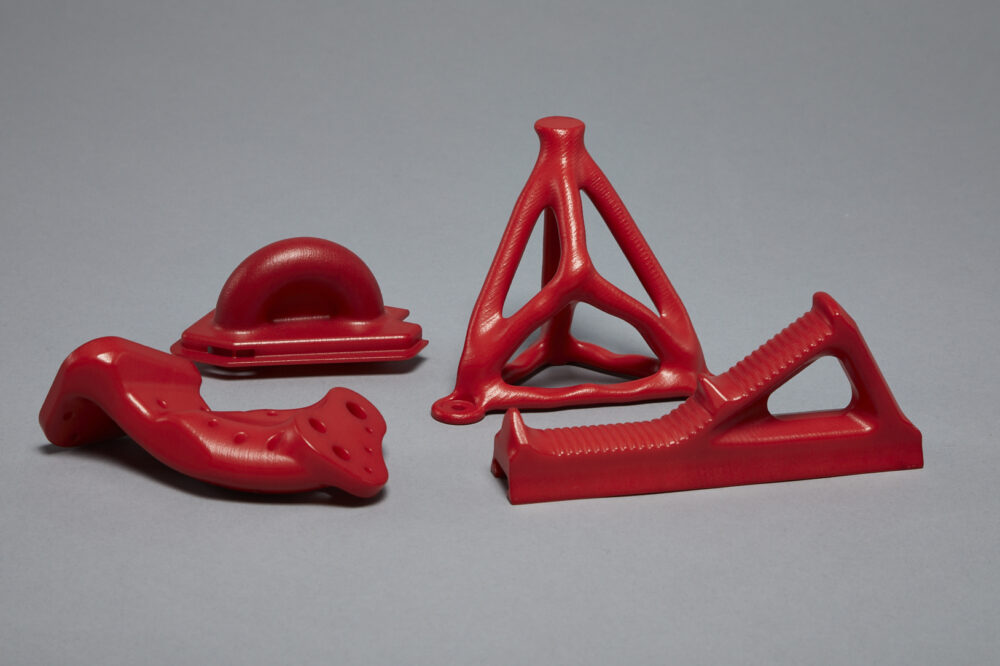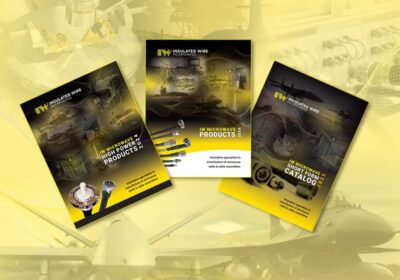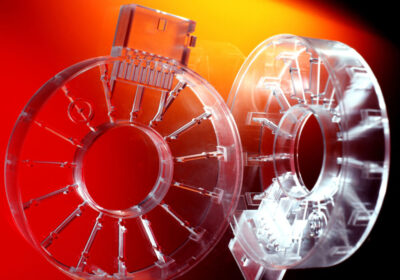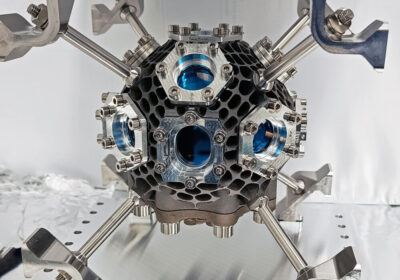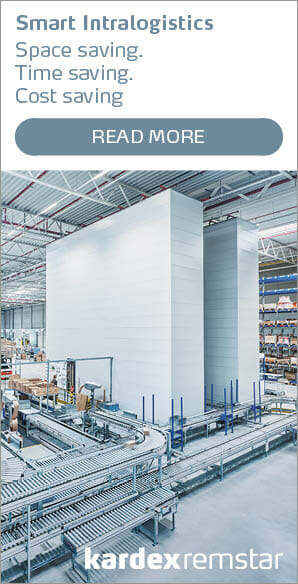Felix Manley & Sasha Bruml, Co-Founders, 3D People
The conversation around additive manufacturing (AM) has matured. No longer is the fascination solely about how we build parts, it’s about how we make them fit for purpose. The reality is, for AM to stand alongside traditional manufacturing as a viable production technology, post-processing and high-quality finishing must be considered as part of the process for a number of parts produced for end-use applications (and also some prototypes), not an afterthought.
THE FOUNDATIONS OF POST-PROCESSING IN AM
For AM parts, post-processing begins the moment printing stops. PBF processes like SLS and MJF require extensive cleaning and powder removal to ensure parts meet functional and safety requirements. If this stage isn’t executed correctly, the consequences range from surface contamination to compromised mechanical performance. Powder removal is a crucial step that prevents defects and ensures dimensional accuracy, while effective cleaning removes residual powder from fine cavities and internal channels, which is particularly critical for fluid flow applications and moving parts.
While these initial cleaning steps are essential, they are only the beginning. To truly prepare AM parts for some prototyping and the majority of end-use applications where performance and aesthetics are important, advanced finishing techniques are required to enhance surface quality, improve durability, and optimise performance.
HIGH-QUALITY FINISHING FOR FUNCTIONAL PERFORMANCE
Once a part is cleaned, some applications demand refining of the surface to meet performance and aesthetic requirements. High-quality finishing can not only dramatically improve the aesthetic appeal of parts but can also improve strength, wear resistance, and long-term durability.
One of the most significant advancements in AM finishing is surface smoothing. This process enhances surface quality by reducing roughness and sealing the surface, making it ideal for applications that require waterproofing or airtight properties. Smoother surfaces also reduce friction, improving wear resistance and longevity in mechanical applications. Moreover, better surface finishes improve chemical resistance, ensuring that parts can withstand exposure to aggressive environments. These refinements extend the lifespan of AM parts by reducing crack initiation points and imperfections, ultimately increasing fatigue resistance in demanding applications.
Surface smoothing has been a game-changer for customers looking to bridge the gap between 3D-printed parts and traditional manufacturing. It removes the final barrier for AM adoption in industries requiring smooth, high-performance surfaces.
For engineering-grade applications, polishing methods refine surface textures, making parts more durable and visually consistent. Enhanced wear resistance is particularly important for components subjected to continuous mechanical stress.
A refined, uniform finish improves branding opportunities for customer-facing products, ensuring that AM parts look as premium as their traditionally manufactured counterparts. Additionally, smoother surfaces improve user experience, especially in consumer products where tactile quality matters.
Today, customers are demanding better finishes on functional AM parts. Consistent surface finishes ensure parts meet both aesthetic and mechanical requirements, which is crucial for end-use applications.
COLOURING AND SURFACE TREATMENT FOR CUSTOMISATION AND DURABILITY
Advanced dyeing and surface treatment processes bring both functional and aesthetic advantages to AM parts. Infusing colour into the polymer ensures scratch resistance and UV stability, helping products maintain their appearance over time. These treatments allow AM parts to integrate seamlessly into existing product lines, making them indistinguishable from traditionally manufactured components.
Recently there has been a major shift as customers expect their AM parts to be end-use-ready, straight off the printer. Post-processing solutions that provide industrial-grade surface finishing at scale allow these expectations to be met.
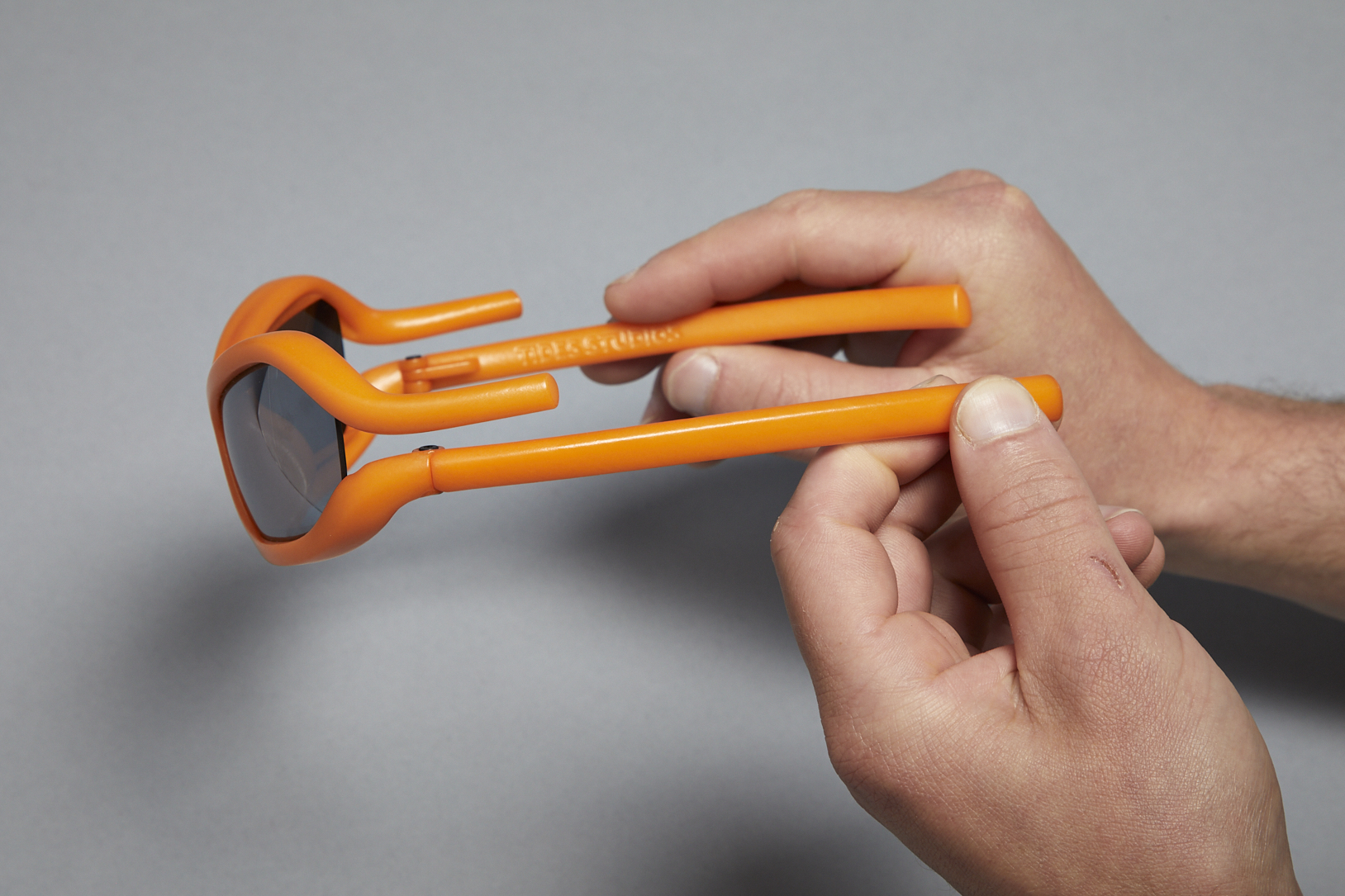
A COMBINATION APPROACH
At 3D People we are pioneering a combination approach to finishing and colouring because meeting the needs of production applications with AM often requires more than just surface smoothing or a splash of colour, it demands a holistic process that ensures durability, consistency, and end-use performance. When finishing and colouring are treated as separate, disconnected processes, key challenges arise. Inconsistent surface quality, colour absorption issues, and compromised mechanical properties to name but a few. For instance, applying dye to a rough, unpolished surface can lead to uneven saturation, while certain finishing methods can affect dimensional accuracy if not carefully controlled. By developing an integrated strategy, 3D People ensures that finishing enhances colour uniformity and adhesion, while colouring does not degrade surface integrity or functionality. This combo methodology allows for repeatable, high-quality (in some cases injection moulding quality) results at scale, making AM a truly viable alternative to traditional manufacturing. It’s not just about making parts look good, it’s about making them perform flawlessly, batch after batch.
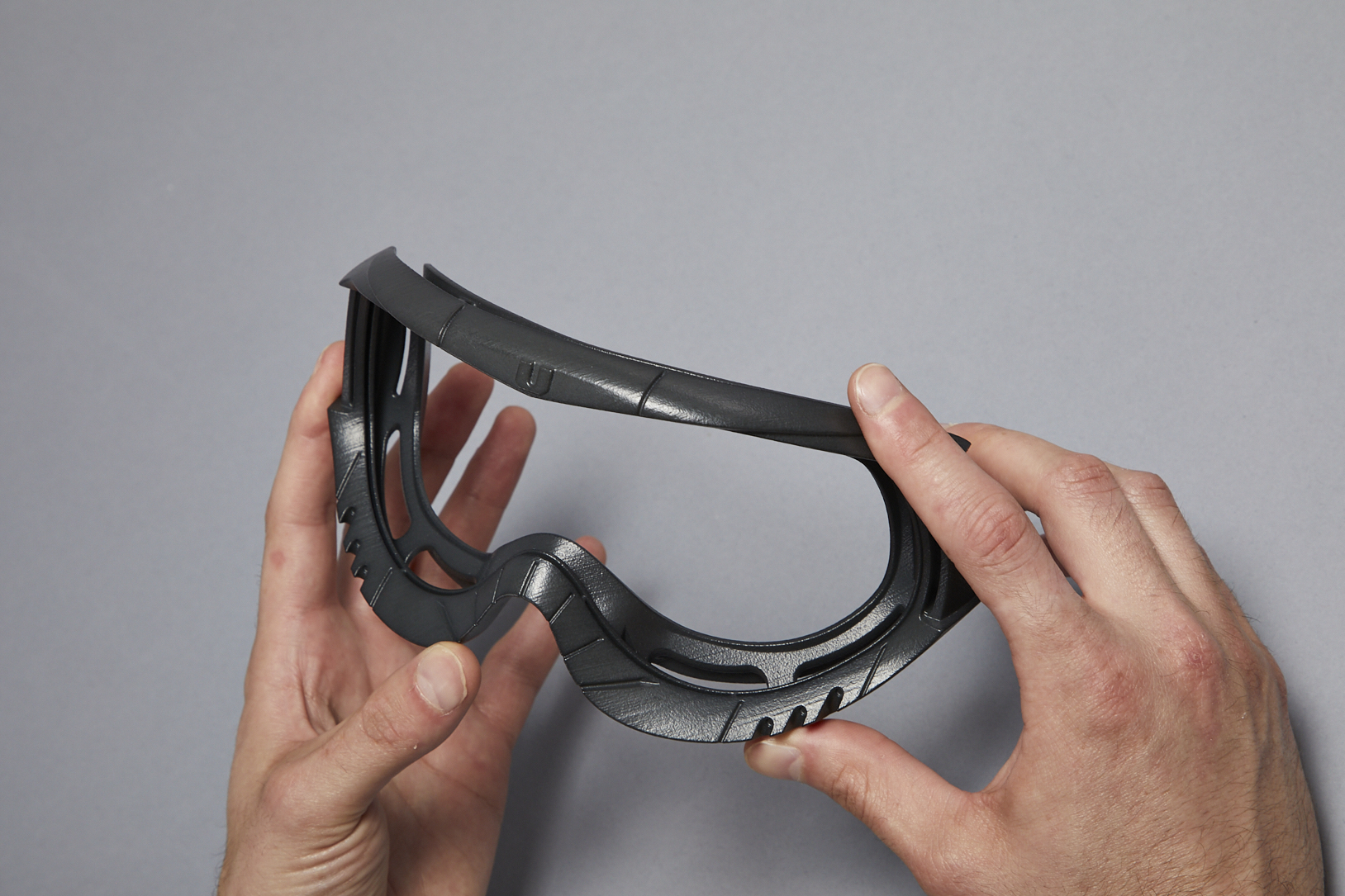
WHY HIGH-QUALITY FINISHING IS ESSENTIAL FOR AM’S FUTURE
Without robust post-processing, some AM parts with specific functional or aesthetic requirements simply won’t meet real-world demands. Industries such as aerospace, automotive, medical, and consumer goods require parts that exhibit superior durability, ensuring they withstand impact, friction, and wear. Additionally, achieving consistency across production batches is essential for companies looking to integrate AM into their supply chains. Dimensional accuracy must rival traditional manufacturing processes to meet strict industry tolerances, and aesthetic appeal is increasingly critical for businesses seeking seamless integration of AM parts into their final products.
We are past the stage where AM was just for prototypes. For AM to be truly scalable, post-processing must be integrated as a standard, not an afterthought.
AUTOMATION
One of the greatest challenges for AM service bureaus is delivering high-quality finishing at speed and scale. Manual post-processing is time-consuming and introduces inconsistencies, making automation a crucial component of modern AM production. By integrating automated cleaning, smoothing, and polishing solutions, production efficiency can be optimised, reducing turnaround times, and ensuring repeatable, production-grade quality.
Speed is critical in manufacturing, but not at the expense of quality. Automating post-processing allows industrial-grade parts to be delivered faster and more reliably.
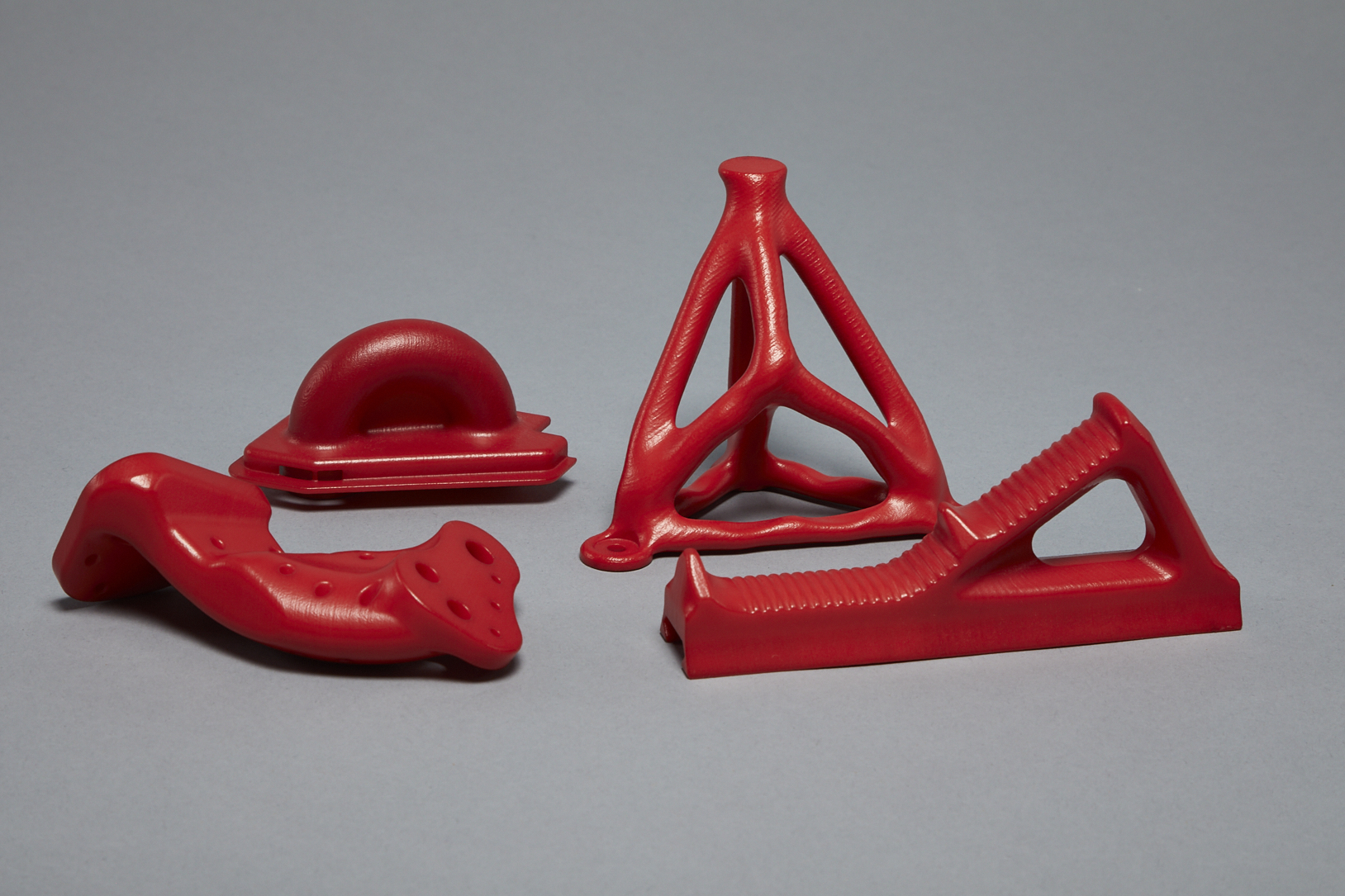
SUMMARY
The AM industry is maturing, and in most instances post-processing is no longer optional, it’s essential. The demand for high-quality, production parts is increasing, and businesses that fail to integrate advanced finishing solutions will struggle to compete.
The key is state-of-the-art post-processing technologies that enhance mechanical performance, improve surface aesthetics, and ensure repeatability. AM is no longer about what we can print, it’s about what we can deliver at scale. With the right focus on post-processing, AM has become a full-fledged manufacturing solution.
For businesses looking to achieve the next level of AM quality, the message is clear. It’s not just about printing, it’s about finishing.

